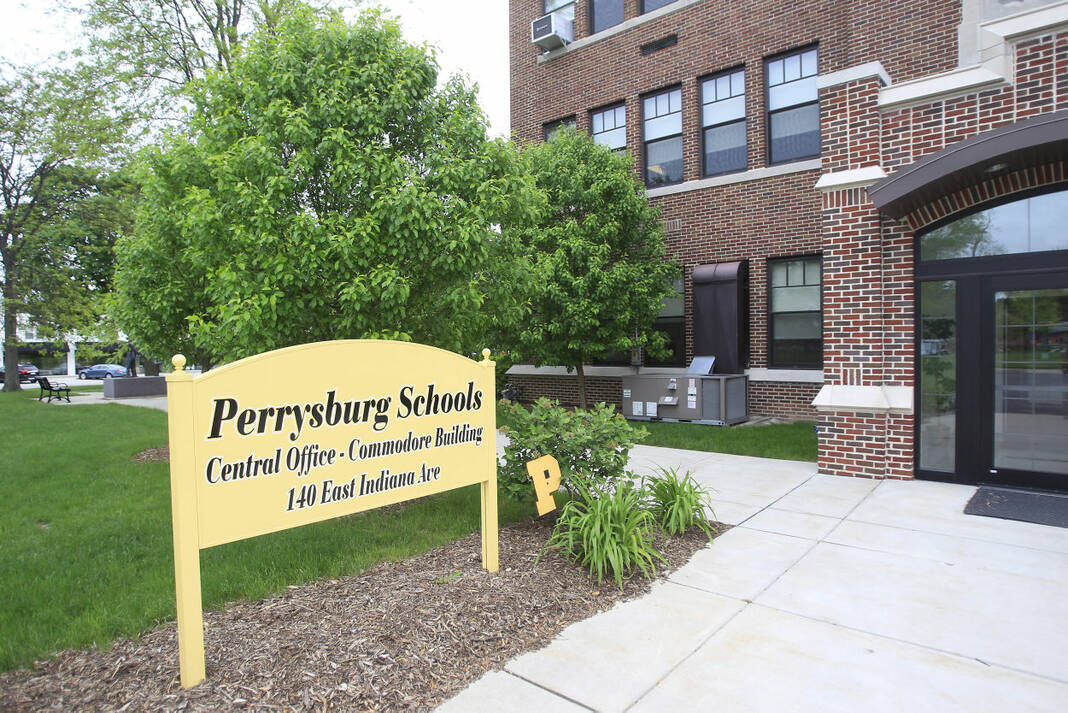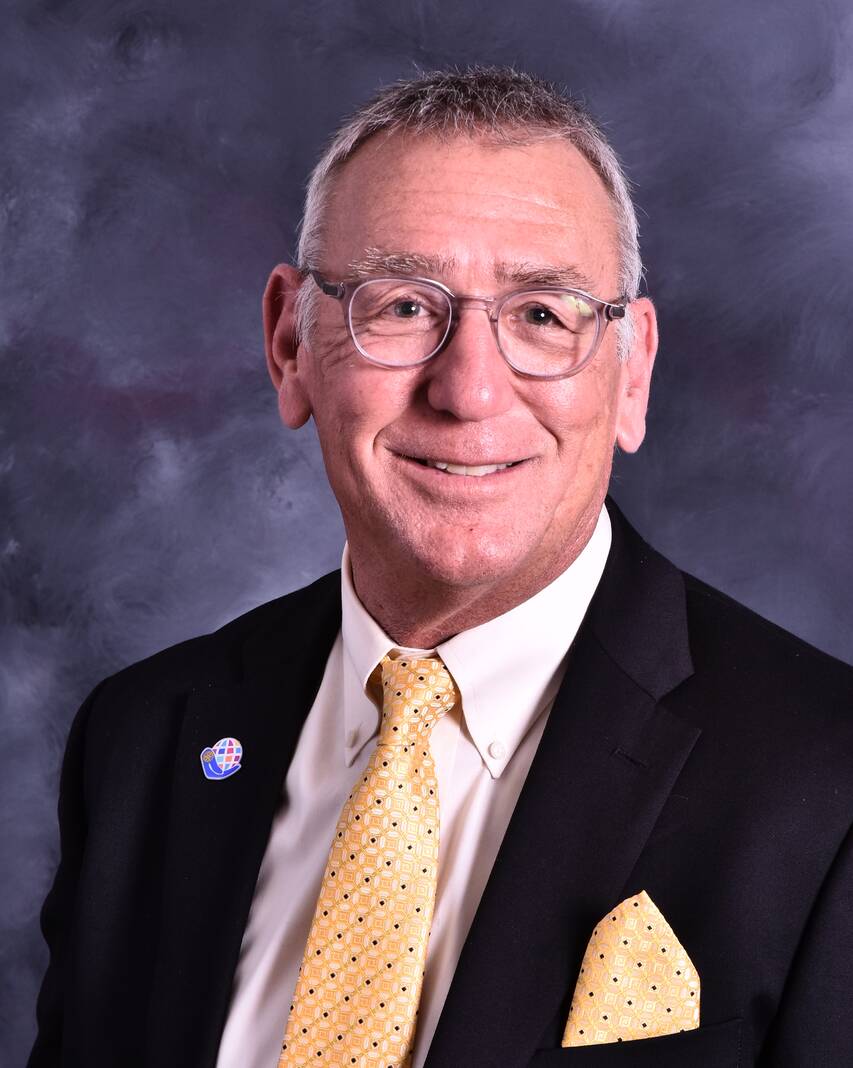

Perrysburg Schools Treasurer/CFO Randy Drewyor presented testimony against two bills at the Ohio House of Representatives, saying they would impose a greater tax burden for homeowners.
PERRYSBURG — The Perrysburg Schools treasurer has testified against two bills in the Ohio State House of Representatives because they would reduce state per pupil funding by millions of dollars and repeal the 10% tax rollback on non-business property.
Randy Drewyor said that House Bill 33 has the potential to drop state per pupil funding to Perrysburg Schools by $9.3 million over four years, and House Bill 1 would increase the residential tax burden on homeowners.
House Bill 1 “increases the burden on homeowners to fund our schools and will require more frequent levy requests. As a result, it does not provide a broad tax break for all Ohio taxpayers,” he said.
On Tuesday, Drewyor presented testimony to the House Ways and Means Committee against House Bill 1, with the short title “Modify the law regarding property taxation and income tax rates.”
“With the heavy reliance on property tax, this bill will not only negatively impact the district’s funding but also shift more of the tax burden to residential taxpayers,” Drewyor said to the Ways and Means Committee.
Perrysburg Schools rely on an estimated 75% of the general fund coming from local sources.
H.B. 1 would decrease the property tax assessment rate to 31.5%, from 35%, and repeal the 10% tax rollback on non-business property.
Drewyor said those changes would shift the tax burden to Perrysburg residential taxpayers by approximately $2.6 million, equating to a tax increase of over 2 mils.
The reduction in the assessment rate would also decrease a district’s borrowing capacity.
“We are currently formulating a very significant facilities project that addresses our strong enrollment growth. The debt capacity of each district is based on the district’s assessed valuation. The reduction in the assessment rate by 10% reduces our debt capacity at a time when we will need our entire debt capacity to meet district growth,” Drewyor said to the Ways and Means Committee.
Drewyor also presented testimony on March 22 to the Ohio House Finance Subcommittee on Primary and Secondary Education against House Bill 33, which “Establishes operating appropriations for fiscal years 2024-2025.”
Gov. Mike DeWine has included the previously passed fair funding plan and its continued phase-in in his executive budget, but not with up-to-date base costs.
Drewyor spoke on the importance of having a predictive model of funding, as well as updating the base costs. Currently, base costs are set at a 2018 level.
“Whether the (school funding) formula generates additional funding for my district or not, the predictive nature of the formula helps me produce more accurate five-year forecasts and thus providing a solid basis for discussions with the board of education and the community on operating levies. For my district, the consistency of this model is critically important as I balance the impact of student growth with valuation changes,” Drewyor said to the subcommittee.
In a follow-up interview, Drewyor said that the district just laid out a capital improvement plan that would address the growth in the number of students through 2040. The plan includes building a new elementary school and adding classrooms to most of the other schools. Drewyor said to the subcommittee.
“With base costs remaining stagnant at 2018 levels, while allowing for district wealth to increase, the state funding per student falls quite dramatically.”
Drewyor’s chart implementing the new formula using 2018 base values results in State Per Pupil Share for 2023 of $1,462 per pupil would fall to $1,328 in 2024, $1,139 in 2025, $974 in 2026 and to $798 in 2027.
If the 5,800 students in the district remained the same, an unlikely scenario based on the predicted 2% annual growth pattern in Perrysburg, the drop in state funding would be an estimated $777,200 in 2o24, $1.9 million in 2025, $2.8 million in 2026 and $3.8 million in 2027. The combined drop in funding of the four year span would be $9.3 million. There 609 school districts and similar results could be happening across those districts as well.
“The homeowner is using current numbers and the state is using numbers from 2018 and that makes the teeter totter-like balance tip in favor of a lower state contribution,” Superintendent Tom Hosler said.

